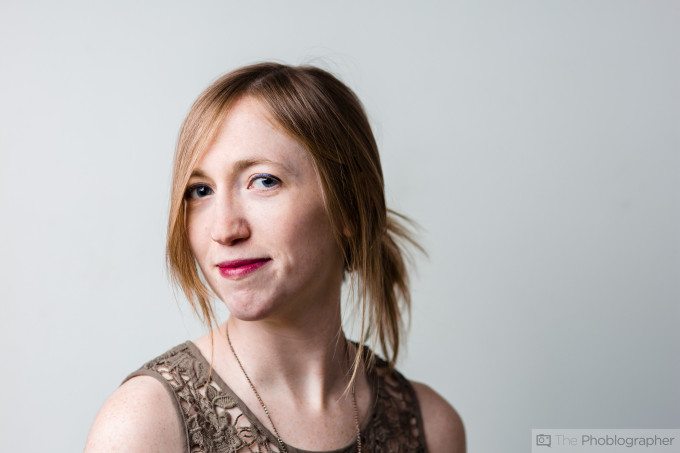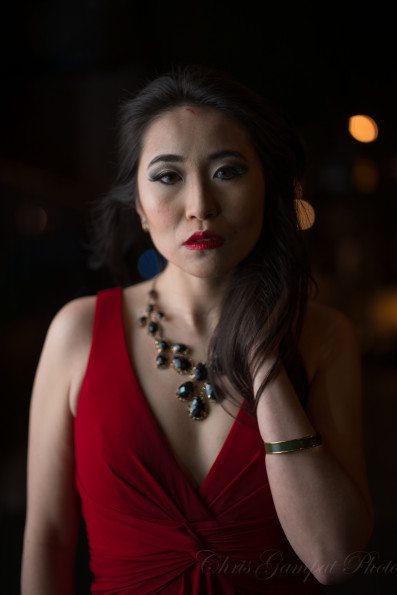A recent post in the photo community has triggered a response across many photographers to talk about respect for their subjects. Respect, and understanding that the person that you’re taking a picture of is an actual human being rather than a simple canvas that you can capture in 21MP, is something that will take you farther as a photographer than knowing how to use the latest camera or knowing how to light. This respect will translate well into what photographers need the most to survive as professionals or even to survive in general: people skills.
Though the post in question that we’re talking about has to specifically do with street photographers, it’s an issue that’s popped up in portrait photography many times. For example, there are loads and loads of photographers that outright always try to sleep with their subjects and use photography only as a way to do this. These people aren’t photographers, they’re folks trying to hide behind a veil in order to fulfill their own desires. But with portraiture specifically, there is a very fine line that needs to be walked and it has to do with having open discourse and discussions.
Portrait photographers, whether new or old, should ALWAYS ask for permission before taking a portrait of some sort. To be clear, we’re not talking about candids at an event, but instead talking about the fact that every single portrait is a collaboration of some sort. There is equal part of you specifically exposing the image and perhaps setting it up and lighting it, and there is the part of the subject playing a specific role that you ask of them. It’s a two-way street.
Respect for your subjects starts with this open discourse and asking for permission. If someone says no, then respect that and move on. But if someone asks what for, be confident in your reasons and explain why. Trying to build your portfolio? Show them that you’re serious and that you have plans like creating a Tumblr or showing your inspiration for what you want to do. With this you should have a discourse and discuss ideas. It’s important and builds people skills on top of stimulates the creative process–which is inherently all about ideas.
Respect matters more when you and your subject, with whom may shoot often together, go even further with ideas that one or both of you may have been nervous about to start with. At some point in your career though, one party may not want to work with the other, so just move on.
Overall though, respect is partially a psychology game. When you photograph a person, you need to understand that they’re a person.
Who would have thunk, right?
A person should be treated just as you’d want to be treated. Photographers are probably some of the most timid people when it comes to being in front of the camera, and so you should start out a bit conservative and then start exploring pathways and ideas with your subject. If the person begins to trust you, you’ll find that they come to you with ideas instead of the other way around–and that’s how you know that not only do you have respect for that person, but that person appreciates your respect and respects you back.
Respect also has to do with agreements, which should be made and honored beforehand by both parties. When you photograph a person, your intentions should be clear and if they change later on, you should give them the courtesy of letting them know. If I ever sell prints of the models I shoot, I obviously give them a cut because that’s fair and just makes sense.
For photographers, and especially for portrait photographers, respect also means thinking before you act. Consider the fact that your career or potential career is on the line here. If you screw up, it’s bound to end up on the internet and not only will you make yourself look bad, but others too.
Having respect for subjects isn’t tough. It’s just about being a human being to other people.



